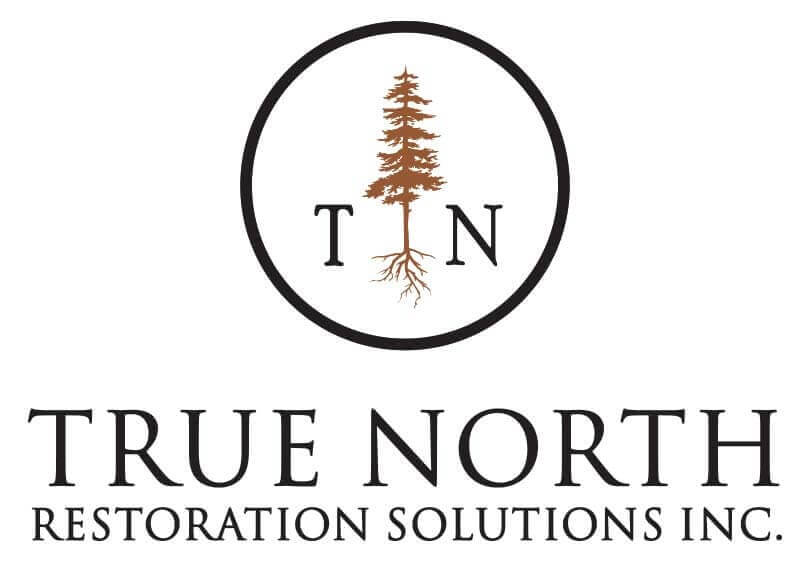Preventing Log Rot: Tips for Log Homeowners
Log homes exude rustic charm and timeless beauty, but they also demand diligent care to preserve their structural integrity and aesthetic appeal. One of the most common and potentially destructive challenges log homeowners face is log rot. Fortunately, with proactive maintenance and preventative measures, log rot can be minimized or avoided altogether. In this comprehensive guide, we’ll explore essential strategies for preventing log rot for log homeowners.
Understanding Log Rot
What Is Log Rot?
Log rot, also known as wood rot, is the deterioration of log surfaces due to moisture and fungal decay. It weakens the wood, compromises structural stability, and can lead to costly repairs if left unchecked.
Common Causes of Log Rot
- Moisture Exposure: Prolonged exposure to moisture from rain, snow, or high humidity, is a primary contributor to log rot. Handling water in log homes is a tedious task that should be handled by professionals.
- Inadequate Drainage: Poorly designed drainage systems around the home can allow water to collect and penetrate the logs.
- Lack of Ventilation: Insufficient airflow between logs can trap moisture and promote rot.
- Direct Soil Contact: Logs in direct contact with soil are more susceptible to rot as the moisture content in the ground transfers to the wood.
- Insect Infestations: Insects like termites can compromise log integrity, making it more susceptible to rot.
Routine Log Maintenance
Regular Inspections
Perform routine inspections of your log home at least once a year. Look for signs of rot, such as discolored or soft wood, and address issues promptly.
Cleaning Logs
Clean the logs regularly to remove dirt, debris, and mold that can trap moisture and contribute to rot. Pressure washing can be effective, but it should be done with caution to avoid damaging the wood.
Re-Sealing and Staining
Re-seal and stain your logs every few years to create a protective barrier against moisture. Use high-quality wood finishes that are specifically designed for log homes.
Effective Water Management
Gutter Maintenance
Keep gutters clean and free of debris to ensure proper drainage. Add gutter guards if necessary to prevent clogs.
Downspout Extensions
Use downspout extensions to direct rainwater away from the base of the logs and prevent water from pooling near the foundation.
Proper Grading
Ensure that the ground around your log home slopes away from the structure to encourage water runoff. This helps prevent water from pooling near the logs.
Ventilation and Airflow
Install Vents
Consider installing vents between logs to facilitate airflow and reduce moisture buildup. Proper ventilation is essential for log homes.
Trim Vegetation
Trim back trees, shrubs, and other vegetation near your log home to allow sunlight and airflow to reach the logs.
Addressing Insect Infestations
Regular Pest Inspections
Schedule regular pest inspections to detect and address insect infestations promptly. Early intervention can help with preventing log rot in your home.
Wood Treatment
Apply wood preservatives or insect repellents to deter pests from infesting your logs. Consult with professionals for the most suitable treatment options.
Soil Contact Prevention
Foundation Maintenance
Inspect your log home’s foundation regularly for signs of soil contact. If logs are touching the ground, consider elevating them on a concrete or stone foundation to prevent moisture absorption.
Install Barriers
Install physical barriers, such as metal flashing or concrete footings, to create separation between logs and soil.
Annual Preventing Log Rot Checklist
Annual Routine Checklist
Perform these tasks annually or hire a log home rot repair company to help:
- Inspect logs for signs of rot, cracks, or damage.
- Clean logs to remove dirt and mold.
- Re-seal and stain logs for added protection.
- Check and maintain gutters and downspouts.
- Ensure proper grading for water runoff.
- Inspect and clean vents for airflow.
- Schedule pest inspections and treatments if needed.
- Inspect the foundation and address soil contact issues.
H2: Conclusion: Preserving the Beauty of Log Homes
Log rot prevention is a crucial aspect of log home ownership. By implementing these maintenance tips and staying vigilant, you can protect your investment and enjoy the enduring beauty and charm of your log home for generations to come. Regular inspections, effective water management, ventilation, and pest control are your allies in the battle against log rot, ensuring your home remains a sanctuary of rustic splendor.
Remember that when it comes to log rot, prevention is far more cost-effective than remediation. Invest in your log home’s longevity, and it will reward you with timeless allure and lasting strength.
